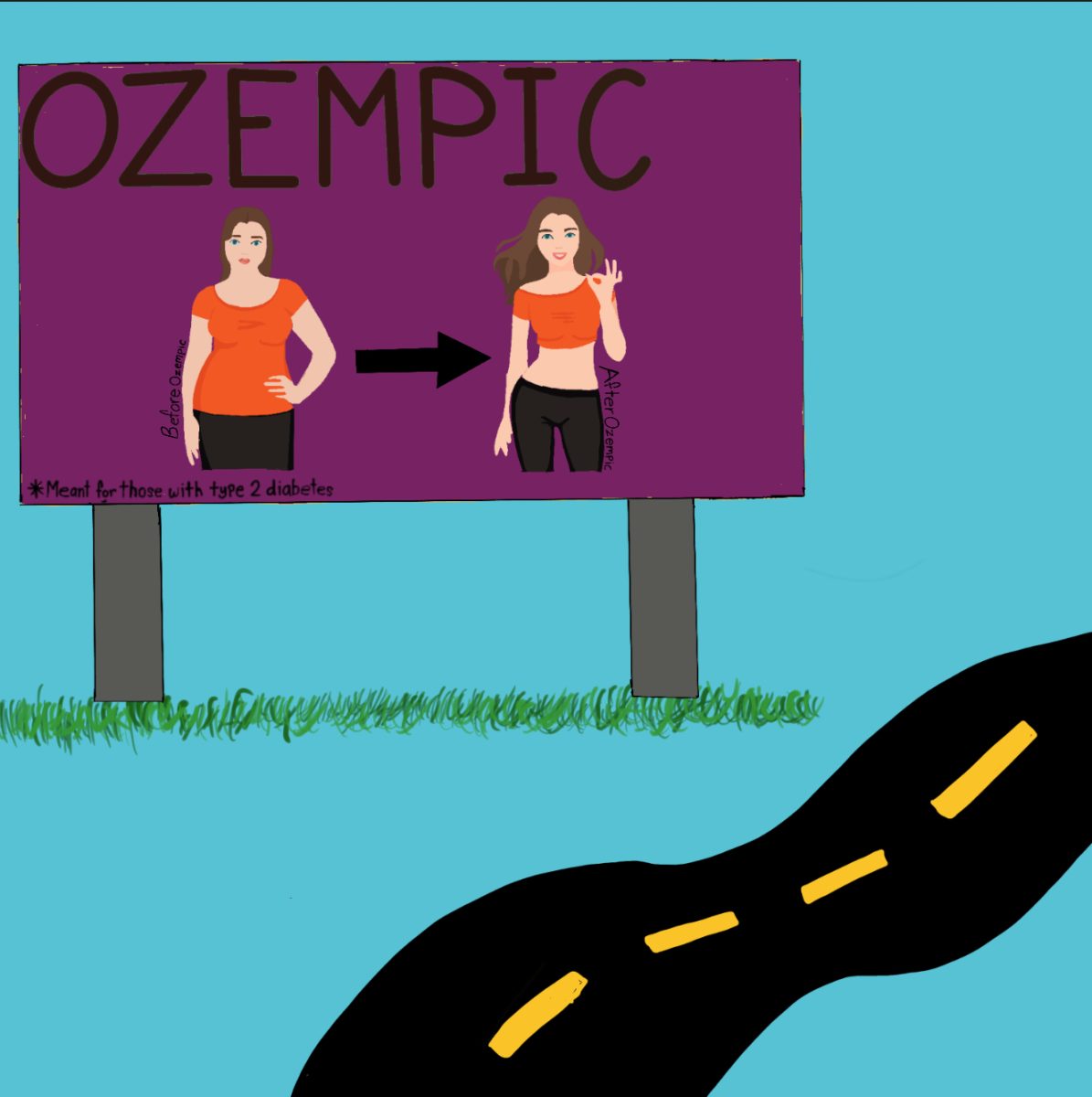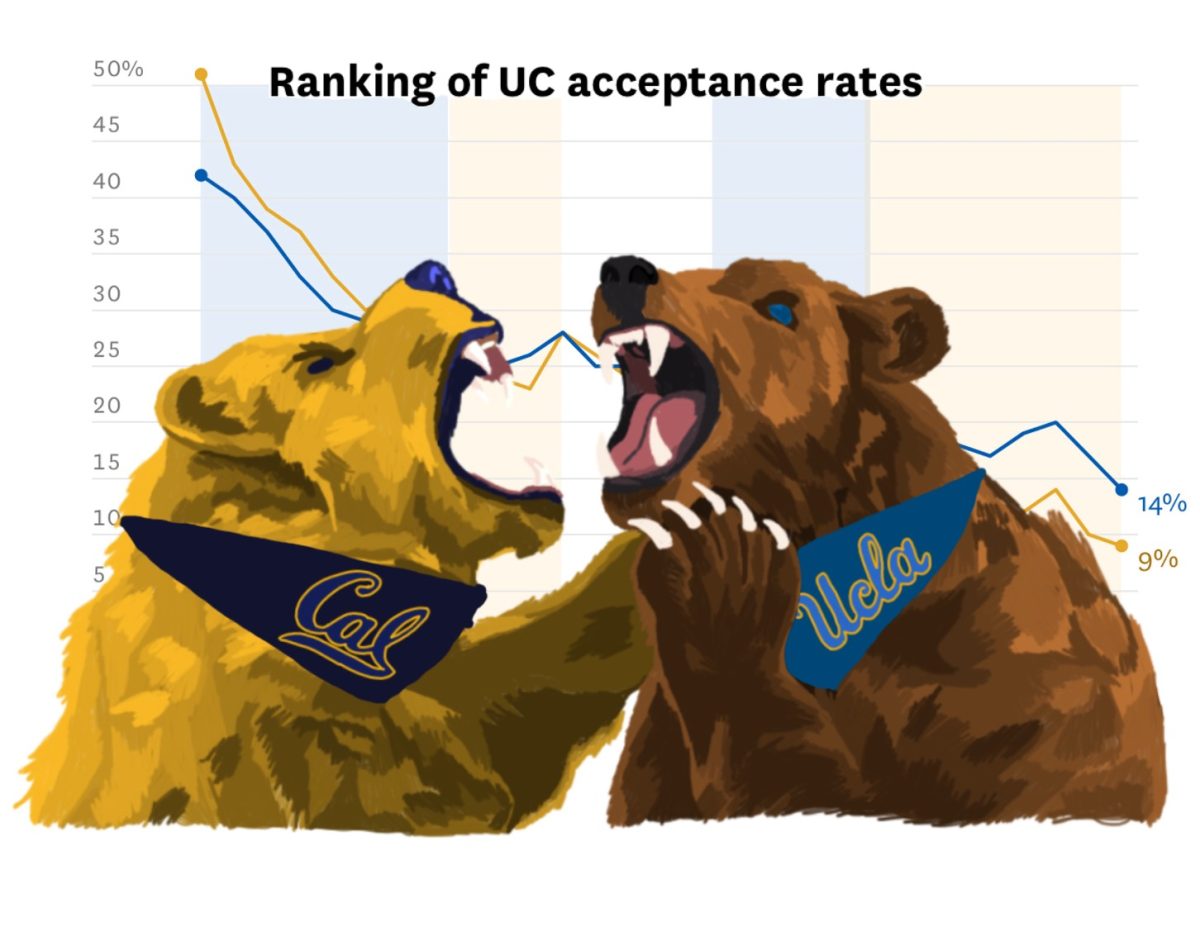After taking eight AP exams, the SAT, an SAT subject test, sending my scores to colleges, and creating a CSS Profile, I will have paid the College Board a total of $1,036.50, which is more than double the amount of money I will spend on submitting my college applications.
Millions of students apply to college each year, and even though some campuses are becoming test-optional, the majority of colleges require tests administered by the College Board for admission. In addition, most private schools mandate that students fill out and pay for College Board’s CSS profile in order to be eligible for financial aid.
Simply put, the College Board holds a monopoly over college admissions testing. Through the Educational Testing Service, the College Board administers the PSAT 8/9, PSAT/NMSQT, AP exams and the SAT. According to the College Board, over 2.2 million students in the class of 2019 took the SAT, which is a four percent increase from the previous year. The College Board’s only competitor in admissions testing is ACT, Inc., which trails behind with approximately 1.8 million students opting to take the ACT.
The College Board is a nonprofit organization, which implies that its revenue is primarily spent in the best interest of the students that it serves. However, a closer look at their 2017 audit, published by ProPublica, reveals that the College Board received approximately $1.068 billion in revenue.
They only spent approximately $928 million, which amounts to a $140 million surplus. Meanwhile, CEO David Coleman makes over $1 million a year, with numerous other executives also earning high salaries. The College Board also profits from selling student information at 47 cents an individual, to universities through the Student Search Service, according to the Wall Street Journal.
It is no secret that the College Board has additional money it could be spending towards making its tests more financially accessible to lower income students and possibly reducing fees for all students while still covering the costs of producing the exam. Instead, they have modified their registration policy in a way that deepens the financial burden on students.
This year, the College Board has moved the AP exam registration deadline to November. Rather than registering for the exams in the spring like in past years, students are required to hand over $94 for each AP course they are enrolled in within the first few months of the school year. For sophomores and juniors this is less problematic, but what about seniors just beginning to apply to colleges?
A senior taking five AP courses would be required to pay $470 for their exams in November, often with no knowledge of whether the college they will end up choosing in the spring offers credits for AP exams. The cancellation fee is $45 per exam.
According to College Board spokeswoman Amanda Ingersoll, the new deadline was created to boost student enrollment and performance on the exams, which resulted when the College Board piloted fall registration hundreds of other schools.
“When students have to make a commitment at the start of the year to take an AP Exam, more of them earn scores of 3 or higher,” Ingersoll said. “This outcome is especially true for students of color, low-income students, and female STEM students. To help students make an informed decision by the Nov. 15 exam ordering deadline, they now have access to AP practice resources that will help them track the progress they’re making on learning course content and skills.”
It is true that the College Board has demonstrated initiative towards student success through these resources, and that their intentions to increase success on AP exams are not misguided. However, the cost of taking AP exams remains unchanged. For many students, especially those enrolled in multiple AP courses, cost is more of a determining factor than preparedness for the exam.
If the College Board truly wants to prioritize the success of college-bound students over profitability, the most logical next step would be to subsidize the costs of the PSAT, SAT and AP exams, as well as the price of filling out the CSS profile for financial aid. It’s time for monopoly to give way to altruism and accessibility.





































